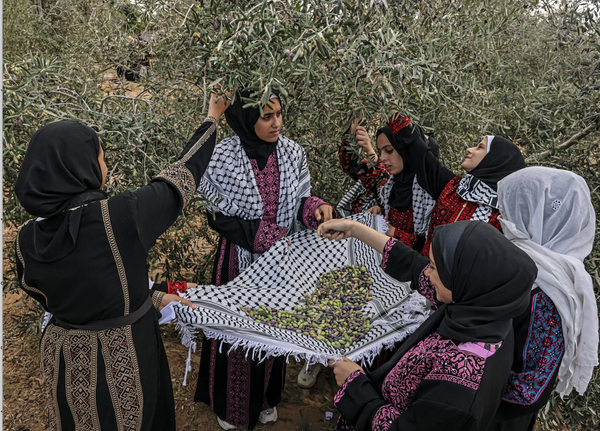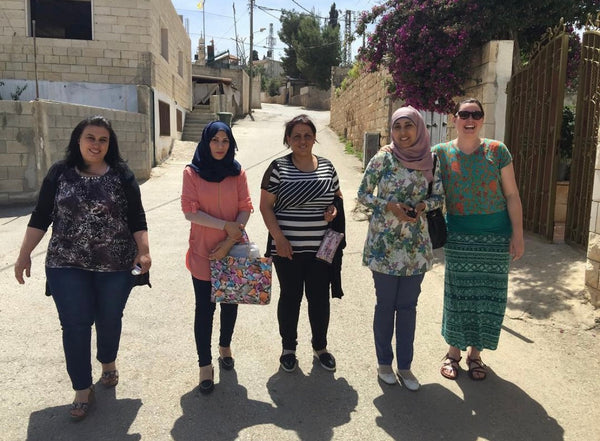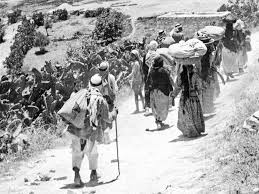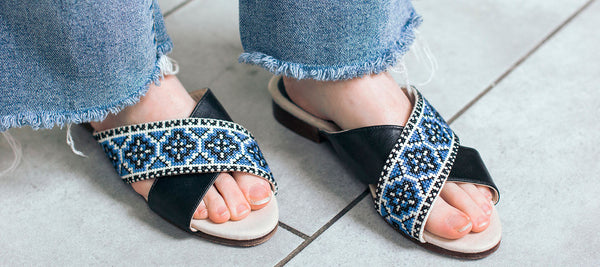Tatreez and the Nakba: Stitching Freedom, Remembering Home
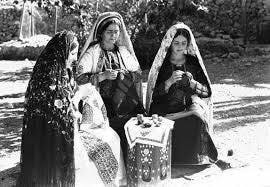
Tatreez is more than an ancient Palestinian embroidery technique—it is a powerful thread connecting the past, present, and future of a people whose identity has endured despite decades of displacement. As we reflect on Nakba Day, observed annually on May 15th, we honor not only the catastrophic loss of land and livelihood that began in 1948, but also the continued resilience of Palestinians who stitch survival into every fabric of their lives.
The Nakba: A History Woven with Pain and Persistence
"Nakba," Arabic for catastrophe, refers to the forced displacement of over 750,000 Palestinians during the establishment of the State of Israel in 1948. Villages were emptied, homes destroyed, and families scattered into refugee camps across Palestine and neighboring countries. But while physical homes were lost, Palestinian identity was never erased. It survived in oral stories, food, music—and in Tatreez.

Tatreez as Memory and a path to Freedom
In the wake of the Nakba, Tatreez became an unspoken language of remembrance and resistance. Motifs and patterns that once signified a village of origin or social status took on new meaning: they became a map of memory. Women embroidered their thobes with designs that symbolized the homes they had lost, stitching the names of villages no longer on maps and the landscapes that lived only in memory.Tatreez became a way to say: We are still here.
Darzah: Keeping Heritage Alive Through Every Stitch

At Darzah, we honor this legacy by ensuring that Tatreez remains a living, breathing tradition, not just an artifact of the past. Our women artisans in the West Bank continue to hand-stitch these historic motifs, passing them down from generation to generation. For many of them, this work is deeply personal—a way to stay rooted in their heritage and reclaim agency in a world that has tried to erase their story. Through our Tatreez-embroidered products—from shoes and bags to aprons and home decor—we bring Palestinian art and resilience to the global stage. Every purchase supports not just the artisan who made it, but also the culture and memory she carries in her hands.

